Mesh aligned structure preserving particle-in-cell based on a the vector potential formulation under the Lorenz gauge condition.
Please login to view abstract download link
Particle in cell is a workhorse tool for addressing kinetic problems in plasma science and en- gineering. These methods have been fundamental in modeling systems such as high power magnetrons, modeling of electron beams, studying Wakefield accelerators, and in understanding kinetic instabilities for a range of problems including fusion systems. In order to reduce the computational cost, a mesh is introduced for solving the field equations while the particles are evolved in a Lagrangian setting. A conservative map from the mesh to the particles and from the particles to the mesh is used to communicate between the fields and the particles. Moments of the particle distribution function are used for source terms and Maxwell’s equations while Maxwell’s equations couple to the particles through the Lorentz force. A majority of PIC meth- ods rely on a combination of staggered grids, the Yee Maxwell solver, conservative particle maps which enforce the continuity equation locally, as well as volume preserving integrators for the particle updates. However, these methods are not effective at complex geometry, have issues with numerical heating unless the Debye length is resolved, and show slow convergence with both the mesh and the number of macro particles used. A number of novel approaches have arisen in the last 10 years to address many of these issues. In this talk, we introduce one such approach based on unconditionally stable Kernel based approxi- mations to wave operators that is O(N), does not suffer from numerical heating, has been shown to capture complex geometry and show robust behavior in terms of refinement. The method starts by expressing Maxwell’s equations in vector potential form under the Lorenz gauge. This is coupled with the particle evolution written in a generalized momentum formulation, which avoids the need for time differencing of the vector potential. Using the Kernel approximation in a mesh aligned formulation, we have been able to show that there exists discretizations that enable this formulation to preserves the Lorenz gauge [1]. Further, we extend this to preserve both Gauss’s law for electricity and magnetism in a time send me discrete formulation [2]. In this work we seek to extend the formulation to fully discreet setting.

